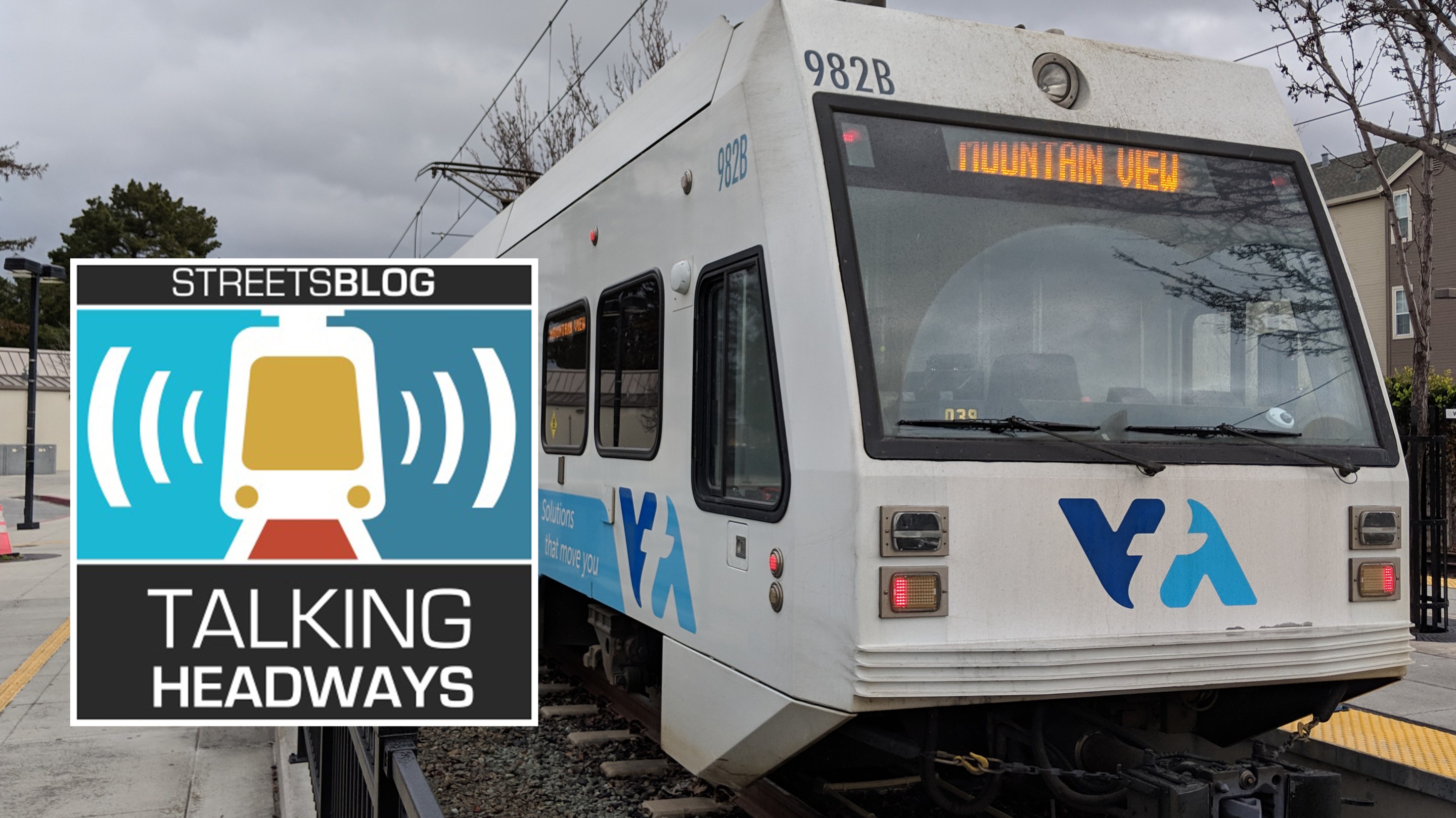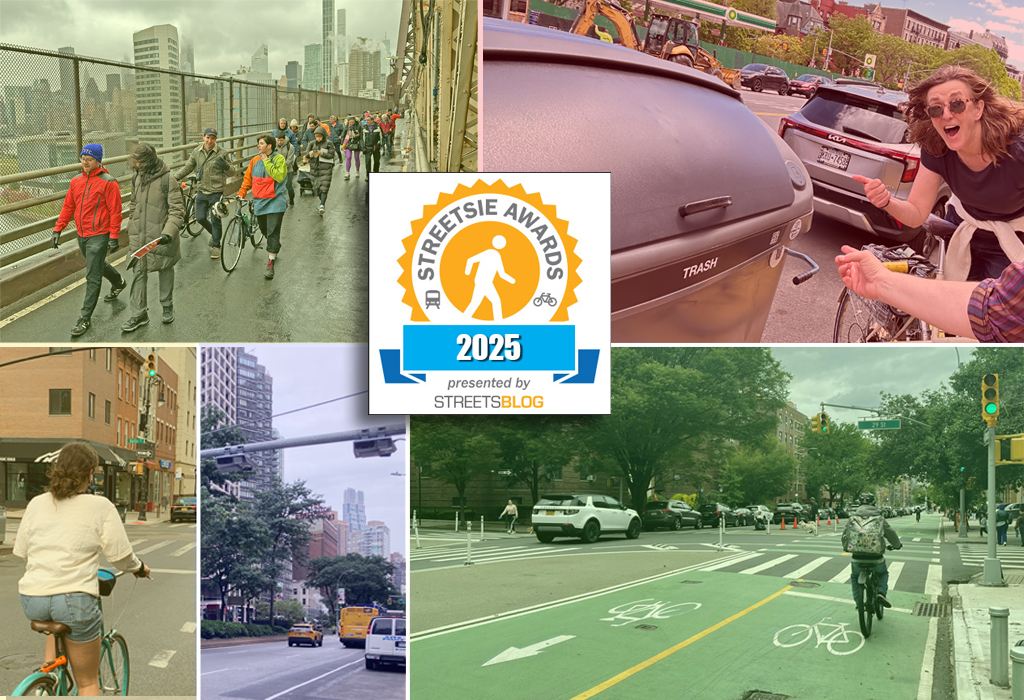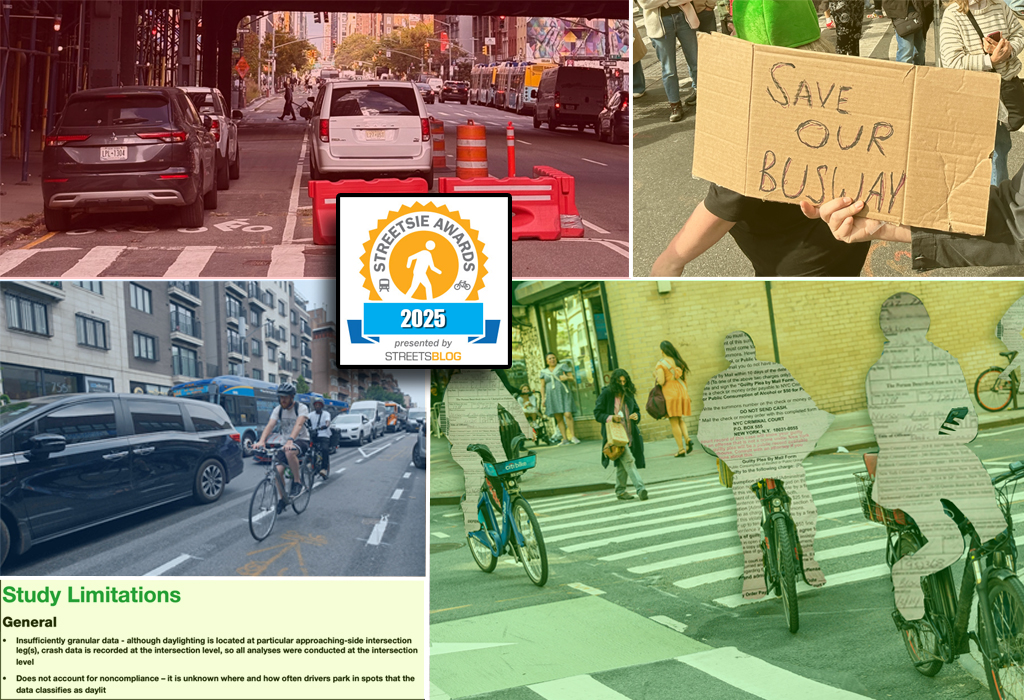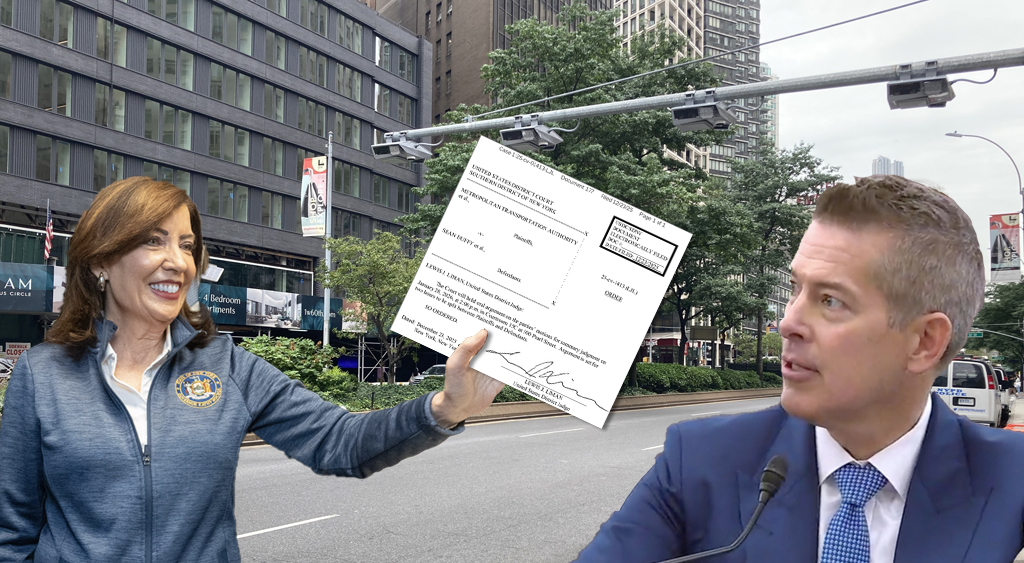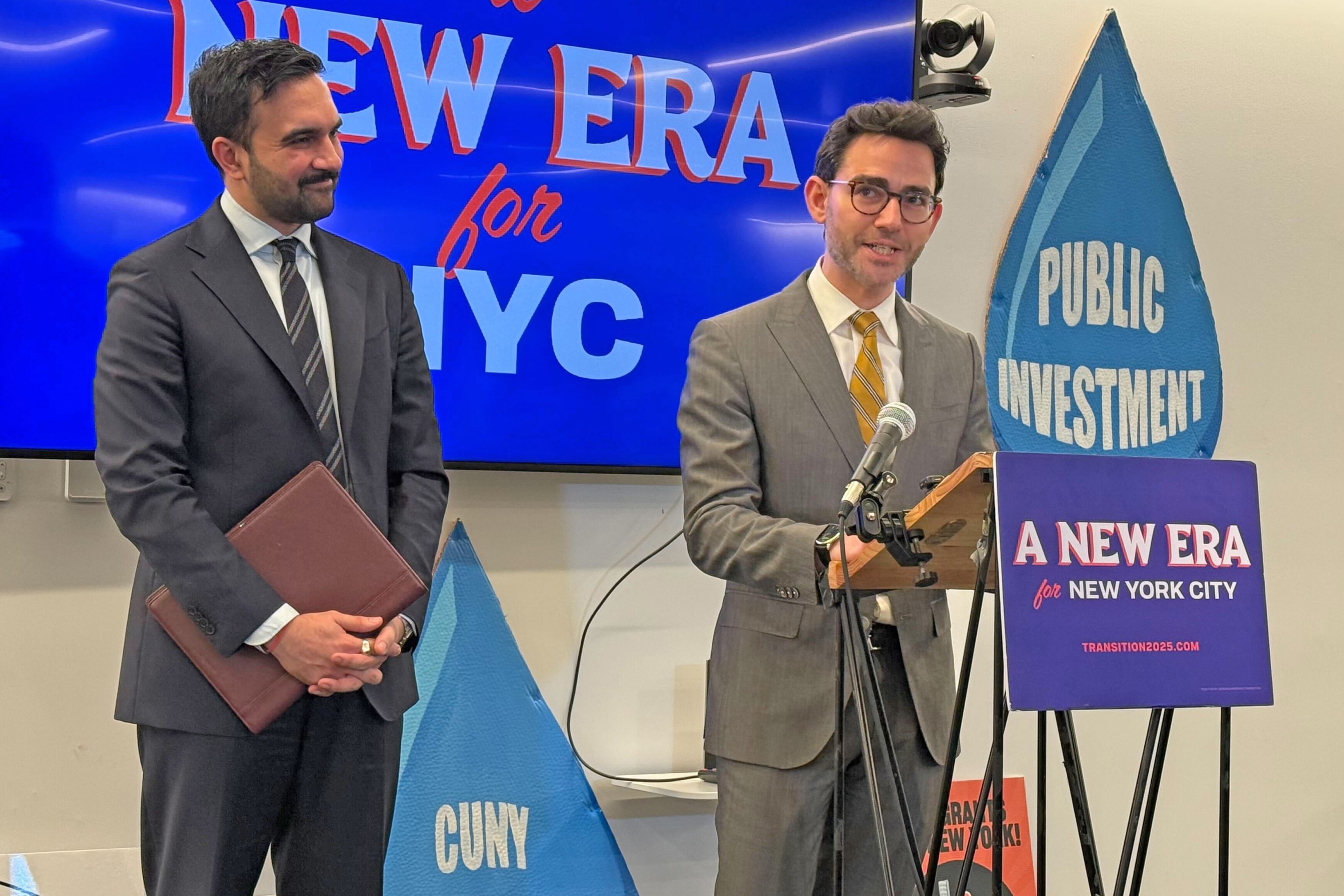This week on Talking Headways, we’re joined by Sam Sargent of the Valley Transit Authority, formerly Caltrain and Capital Metro, for part one of a conversation about transit agencies and special projects and programs.
Sam chats with us about VTA’s history, current projects and future prospects in the South Bay.
Scroll past the audio player below for a partial edited transcript of the episode — or click here for a full, AI-generated (and typo-ridden) readout.
Jeff Wood: How does VTA interface with, like, that kind of greater Silicon Valley area? I mean, it’s just interesting to look at, like, how San Francisco works, how the East Bay, with AC Transit, works. You have downtowns that are very central, San Francisco’s obviously very dense and kind of this big, uh, gravity, well, when it comes to commuters and Oakland’s a little bit of the same way.
But downtown San Jose is not quite the same in that way. And Silicon Valley as a whole, the money is there and the jobs are there, but they’re all spread about the region and so it makes it harder to serve. So I’m wondering how that interface happens and works between the service that the county is providing and the people who live there and work there.
Sam Sargent: Yeah, it’s a great point because, you know, going from, you know, Caltrain where most of the areas around those stations, and certainly in the city, but also in some of the peninsula cities where for those who have not visited the peninsula south of San Francisco and north of San Jose, it’s dense in a way, like you might find on the mainline outside of Philadelphia or like a Boston commuter line.
There’s relatively high-ish amounts of density for not being in the middle of a center city. But you’re right, once you get down to Santa Clara County, it’s a lot more like what I was used to in Austin. Although, Austin’s downtown growth is so supercharged and it is very vertical these days it’s not really an apt comparison even then.
I mean the densities and the land use is somewhat similar to Austin or maybe to a Phoenix or a number of other Sunbelt cities. Certainly very different than the East Bay or San Francisco, but you’re exactly right. Downtown San Jose does have a lot of activity centers. It’s got the county complex to the north.
It does have some large employers still downtown, but then you’ve got Santana Row, which is a large employer and retail destination that has a lot of apartments and it’s off to the side. And then you’ve got the West Valley cities that are kind of nestled up in the foothills of the Santa Cruz Mountains.
Milpitas, which has really healthy amounts of TOD, certainly for a city of its size. And that’s where our VTA light rail currently connects to BART, phase one of that extension. And then you’ve got the area around Stanford and the Stanford Medical Center and all of the tech companies in the northern cities.
And so it is really interesting when you see the routes that have the most productivity and the highest ridership. It’s a tricky system to plan around because it doesn’t have that one in and out central activity point. And so you’ll see these ties between some retail locations, some major employers, certainly universities.
San Jose State is a very reliable source of ridership. Stanford to some degree, although Stanford is a much bigger source of ridership for Caltrain, and so planning for that, requires having your ear really to the ground of where people are going and where employment centers and apartments are popping up.
I wish there were more apartments popping up in the South Bay or in in the Bay Area generally. And then you’ve really gotta figure out, yeah, how, how is that gonna work? And I think also a big part of what VTA is hoping to do with new revenues from a regional measure. Is to implement what we call the Visionary Network, which again is getting our bus and light rail network back to 2001 levels of service.
That was something that sort of shocked me when I first joined VTA, which is that there was a period in the late nineties when the level of service or hours of service per capita where on par with an AC transit. You know, maybe, you know, not necessarily a Portland, but certainly a Sacramento.
It was a healthy amount of service, and then during the dot com bust, it dropped back and it didn’t really recover. And so getting to a point where we can really invest back in finishing our zero emissions fleet plans, expanding the hours of service, and certainly expanding the high frequency network, is gonna be big because the way that many of those trips work, it’s gonna require a transfer.
And so how do we make that a much more simple proposition for the folks riding us? And one statistic out of VTA that really kind of lit my eyes up in a good way was that nine out of 10 of our bus trips are on our 16 high frequency routes, out of 59 routes total. And so, so much of the demand for our transit already there. And so I’m hoping we can beef up, you know, far better serve a place that otherwise may slip back into car dependency.
